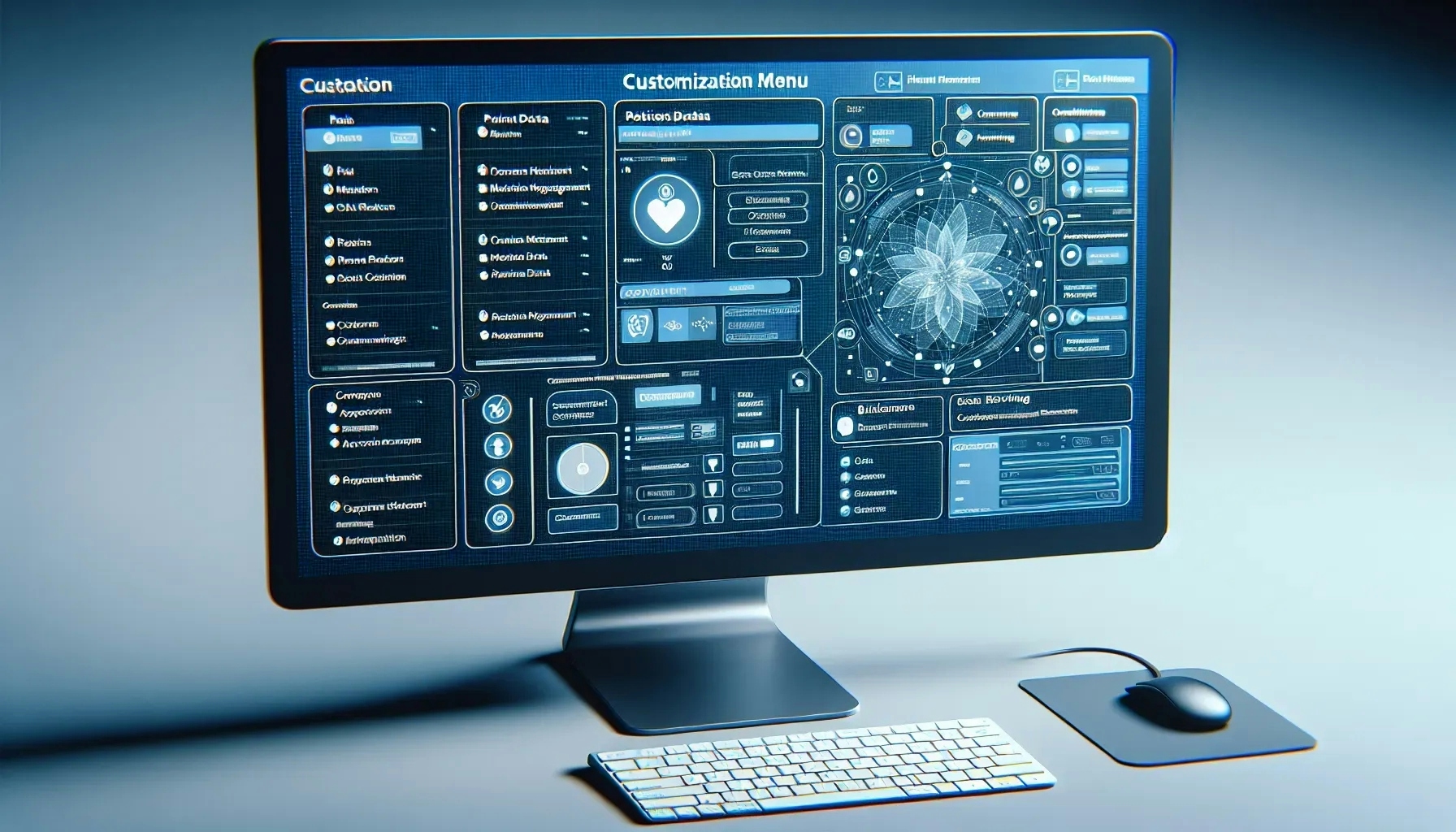What Methods Overcome Challenges in EHR System Customizations?
Tackling the complexities of electronic health record (EHR) system customization, we've gathered insights starting with a Clinical Systems Analyst who emphasizes the use of interface engine translation. Alongside expert advice, we've also included additional answers that span from adopting modular software design to the crucial step of providing ongoing user training. These six methods offer a blend of professional expertise and practical strategies to navigate the challenges of EHR customization.
- Utilize Interface Engine Translation
- Adopt Modular Software Design
- Leverage Open-Source Frameworks
- Incorporate Industry Templates
- Engage Users in Design
- Provide Ongoing User Training
Utilize Interface Engine Translation
Get creative and utilize your interface engine! If you are integrating System A to System B and the configuration isn’t an exact match, set up a translation table in your interface engine. Have the table key off a piece of data that will always be true coming from System A and translate it to what System B requires. Don’t forget to create a reverse translation table for data traveling in the opposite direction!

Adopt Modular Software Design
Implementing a modular software design can effectively streamline the customization process for electronic health record (EHR) systems. This approach allows health informatics specialists to break down the system into distinct components, each serving a specific function. Adjustments or improvements can be made to individual modules without disrupting the entire system, thus facilitating targeted enhancements.
This method can significantly reduce the complexity involved in customizing EHR systems, making it more manageable to tailor to the unique needs of healthcare providers. Consider adopting a modular approach to simplify the customization of your EHR system.
Leverage Open-Source Frameworks
Leveraging open-source customization frameworks is a strategic way to overcome the challenges of EHR system customization. Open-source frameworks are available for everyone to use and modify, providing a foundation that can be personalized to meet specific healthcare requirements. Health informatics specialists can benefit from the collaborative nature of open-source projects, drawing on a vast pool of shared knowledge and resources.
This collaborative approach can lead to more robust, flexible, and cost-effective EHR solutions. Explore the potential of open-source frameworks to enhance your EHR customization efforts.
Incorporate Industry Templates
Utilizing pre-built industry templates is a practical method for overcoming customization challenges in EHR systems. Industry templates are designed with the collective experience of healthcare professionals, embodying best practices and standard workflows that apply to multiple healthcare scenarios. By starting with a template, health informatics specialists can save time and focus on fine-tuning systems to address the specific nuances of their healthcare environment.
These templates offer a solid starting point, reducing the need to build complex features from scratch. Incorporate industry-standard templates to kickstart your EHR customization process.
Engage Users in Design
Adopting user-centered design principles is critical in customizing EHR systems to meet the needs of those who will use them the most. Through engaging directly with clinicians and support staff, health informatics specialists can gather valuable insights into the daily challenges and desired features. By prioritizing these needs, the customized EHR can improve workflow, enhance user satisfaction, and ultimately contribute to better patient care.
Involving users in the design process ensures the end product is both useful and usable. Involve your end users in the design process to create an EHR system that truly meets their needs.
Provide Ongoing User Training
Engaging in continuous user training is a vital component of successfully customizing EHR systems. As users become more proficient, they can identify specific areas within the system that may require further improvement. Training ensures that users are not just aware of the functionalities of the EHR system but are also capable of using it to its full potential.
Continuous learning opportunities can foster a culture of improvement and adaptability, crucial for the ever-evolving healthcare landscape. Provide ongoing training as a means to continually refine your EHR system and empower your users.

